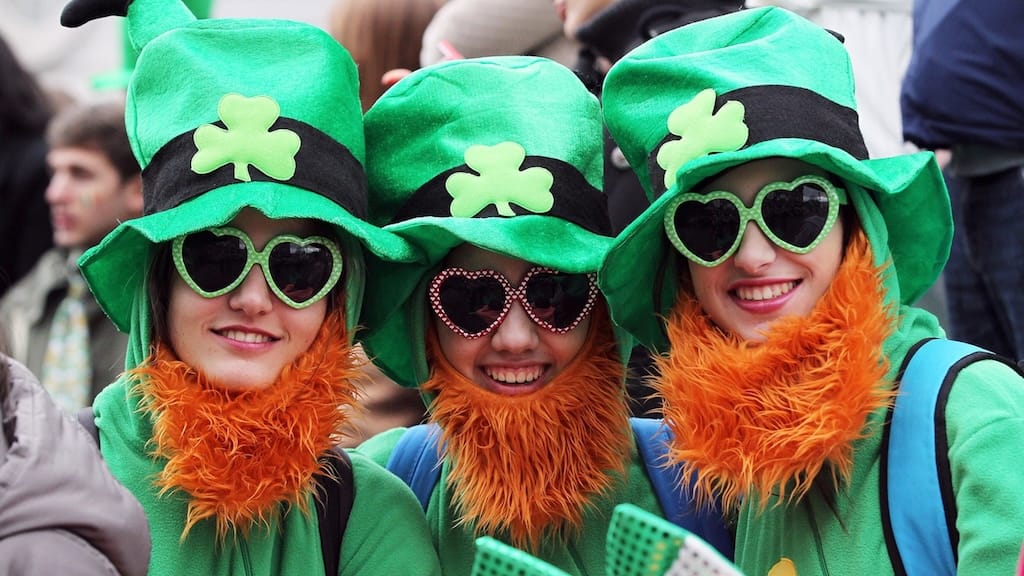
Celebrating St. Patrick's Day: A Global Tribute to Irish Heritage
St. Patrick's Day, observed annually on March 17th, is more than just a celebration—it's a worldwide appreciation of Irish heritage, culture, and community spirit. While the day holds immense significance in Ireland, its influence extends across Europe, with cities turning green in tribute to Ireland's patron saint.
From Dublin's iconic St. Patrick's Day parade to local festivities in European capitals, this day is a vibrant spectacle of tradition, music, and camaraderie.
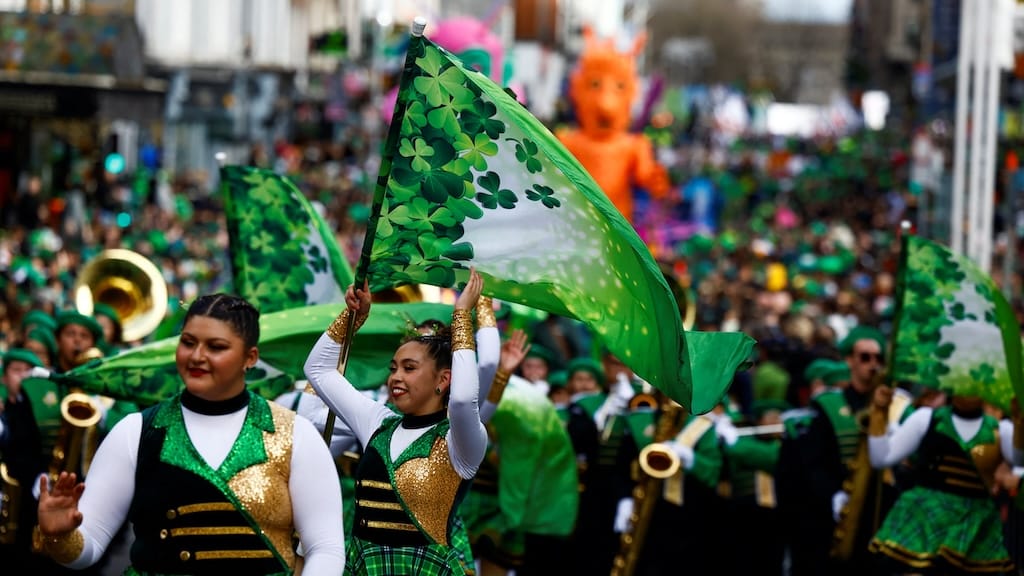
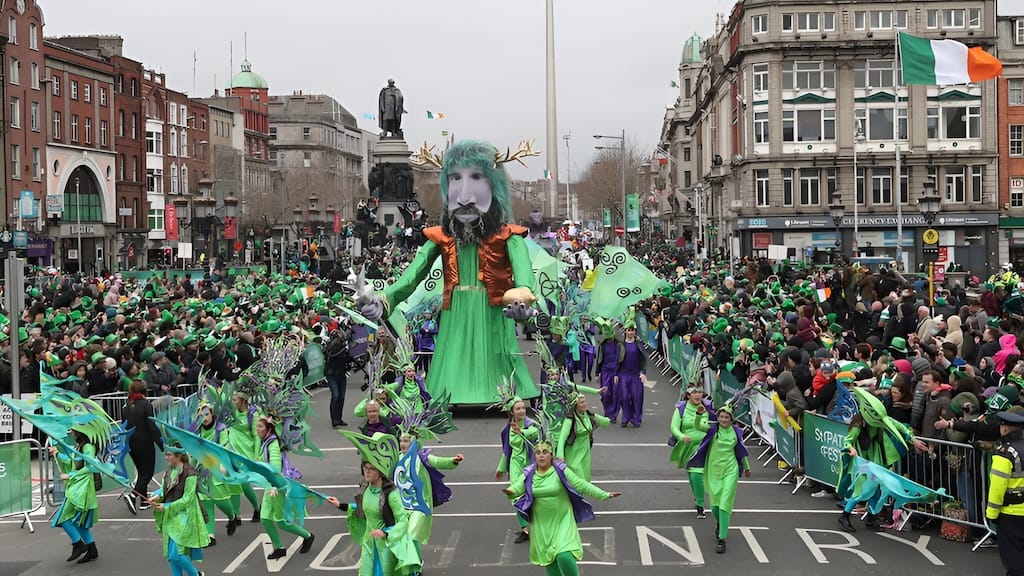
Historical Background
St. Patrick's Day originated in the early 17th century as a religious feast day to honor St. Patrick, the missionary who introduced Christianity to Ireland. Born in Roman Britain, St. Patrick was kidnapped by Irish raiders and brought to Ireland as a slave. After escaping, he returned to spread Christianity, famously using the shamrock to explain the Holy Trinity.
Over the centuries, the day evolved from a religious observance to a global celebration of Irish identity. Interestingly, the first St. Patrick's Day parade was held not in Ireland but in New York City in 1762, organized by Irish soldiers serving in the British army. In Ireland, the day became a national holiday in 1903, and the first official Dublin parade took place in 1931. Today, St. Patrick's Day is a cornerstone of Irish culture, celebrated with pride worldwide.
Typical Activities
St. Patrick's Day is renowned for its lively parades, traditional music, and cultural festivities. In Dublin, the celebration spans several days, featuring a grand parade with elaborate floats, marching bands, and performers from around the world. The city's streets come alive with music, dance, and storytelling, offering a glimpse into Ireland's rich cultural heritage.
Across Europe, cities like London, Paris, and Berlin host their own celebrations, often featuring Irish dance performances, live music sessions, and green-themed parties. Pubs and restaurants serve traditional Irish fare, while landmarks such as the London Eye and the Eiffel Tower are illuminated in green to mark the occasion.
Traditional Customs
St. Patrick's Day is steeped in traditions that reflect Ireland's history and culture. Key customs include:
- Wearing Green: Symbolizing the lush Irish landscape and the shamrock, green attire is a must.
- Traditional Music and Dance: Instruments like the fiddle, tin whistle, and bodhrán fill the air, while dancers perform the jig and reel.
- Irish Cuisine: Dishes like Irish stew, soda bread, and colcannon take center stage, followed by desserts like Guinness cake and Irish trifle.
- Toasting with Guinness or Whiskey: No celebration is complete without raising a glass of Ireland's famous beverages.
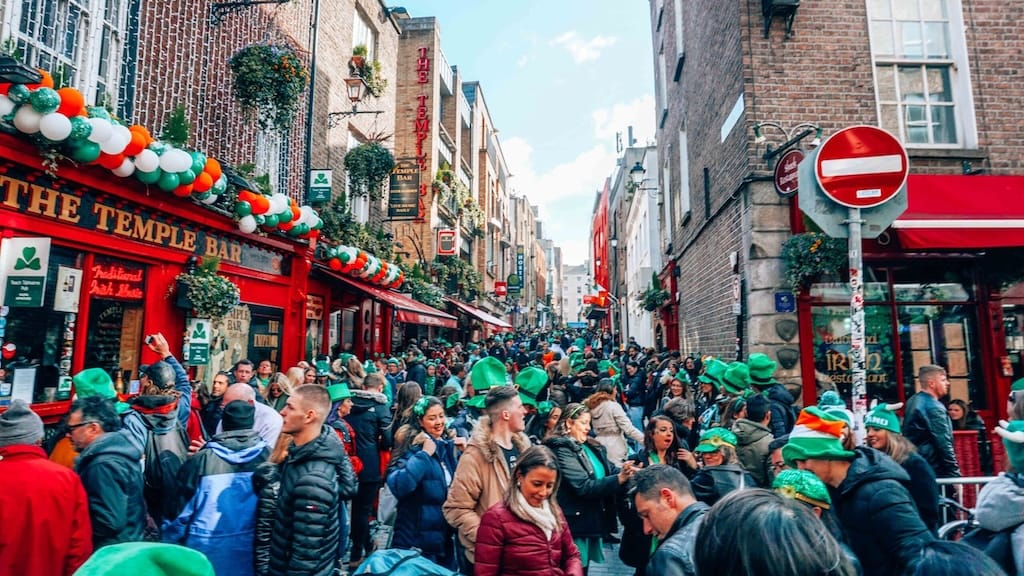
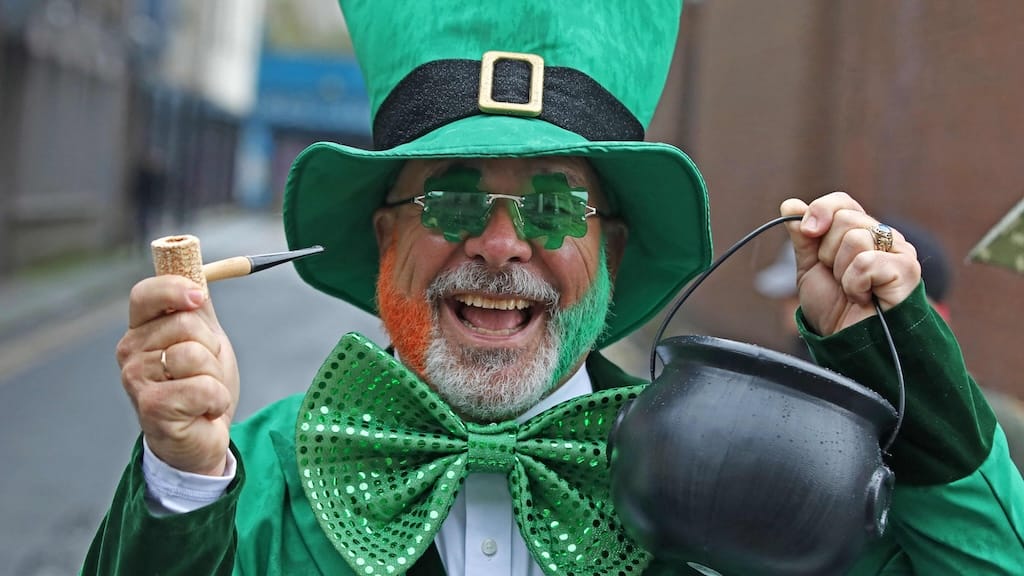
What to Expect
If you're planning to experience St. Patrick's Day in Ireland, Dublin is the place to be. The city's festival attracts over half a million visitors annually, so it's wise to book accommodations well in advance. The parade typically starts at midday, winding through the city center with plenty of viewing spots along the route.
For a more intimate experience, consider visiting smaller towns like Cork or Galway, where local celebrations offer a charming glimpse into Irish culture. Across Europe, check local event listings for parades, concerts, and cultural activities.
Conclusion
St. Patrick's Day is more than a festival—it's a celebration of Irish identity, culture, and community. Whether you're in Dublin or dancing in a Paris pub, the day offers a unique opportunity to connect with Ireland's rich heritage.
So, don your green attire, raise a glass, and join the festivities. Sláinte!